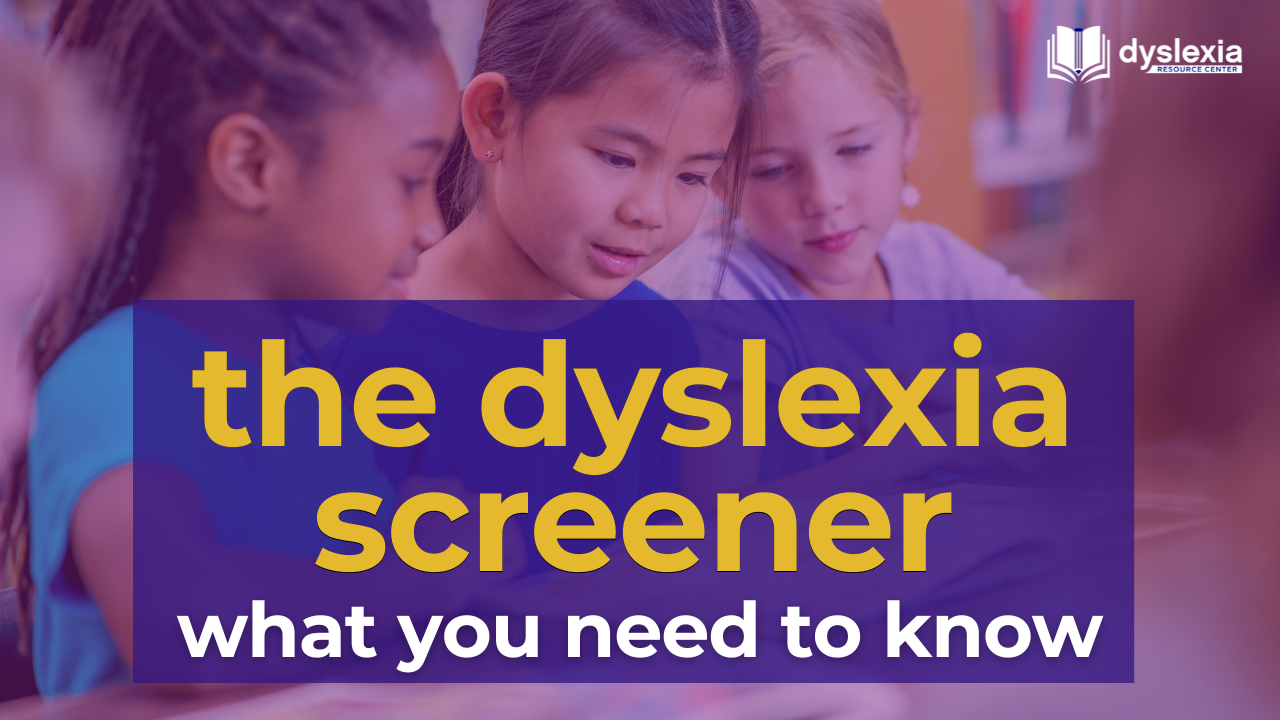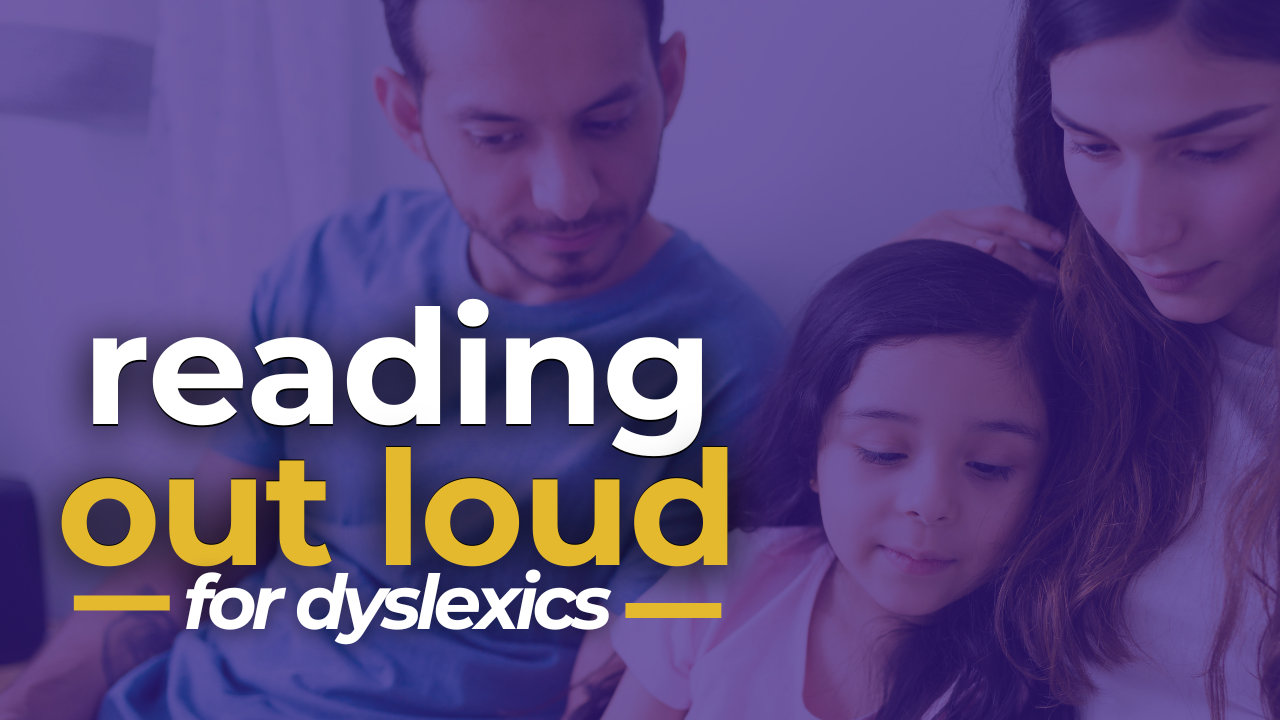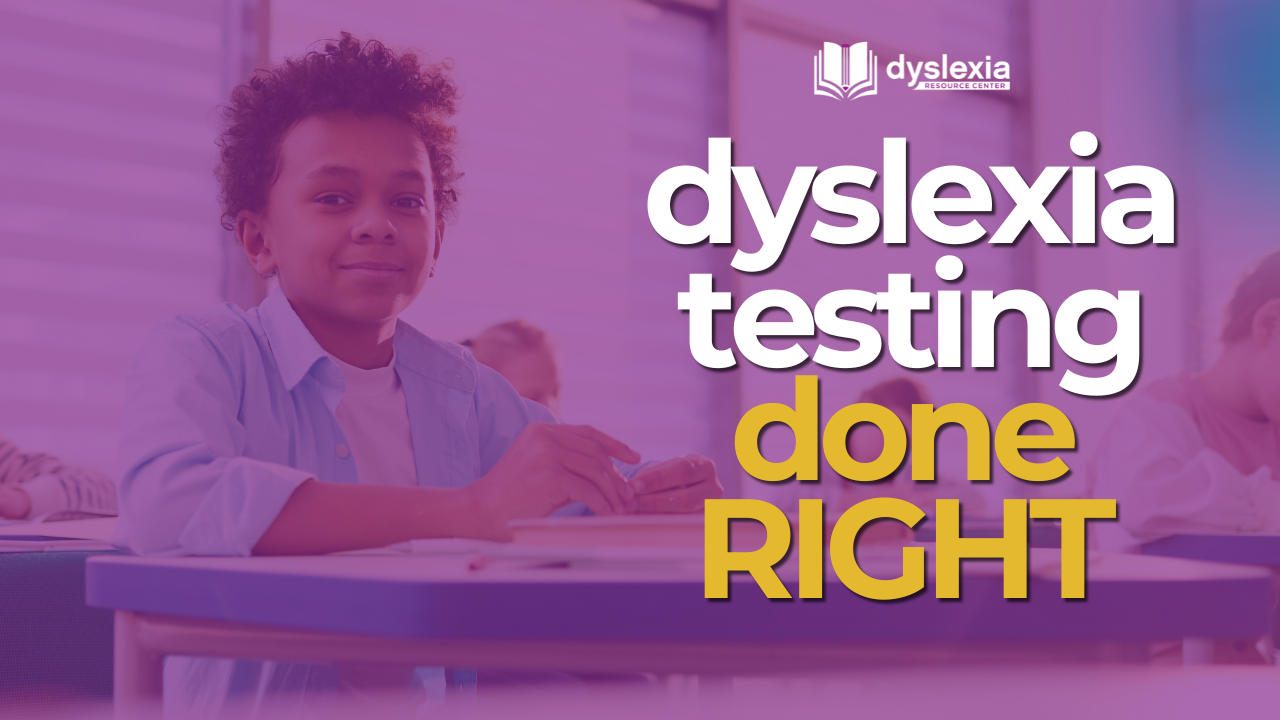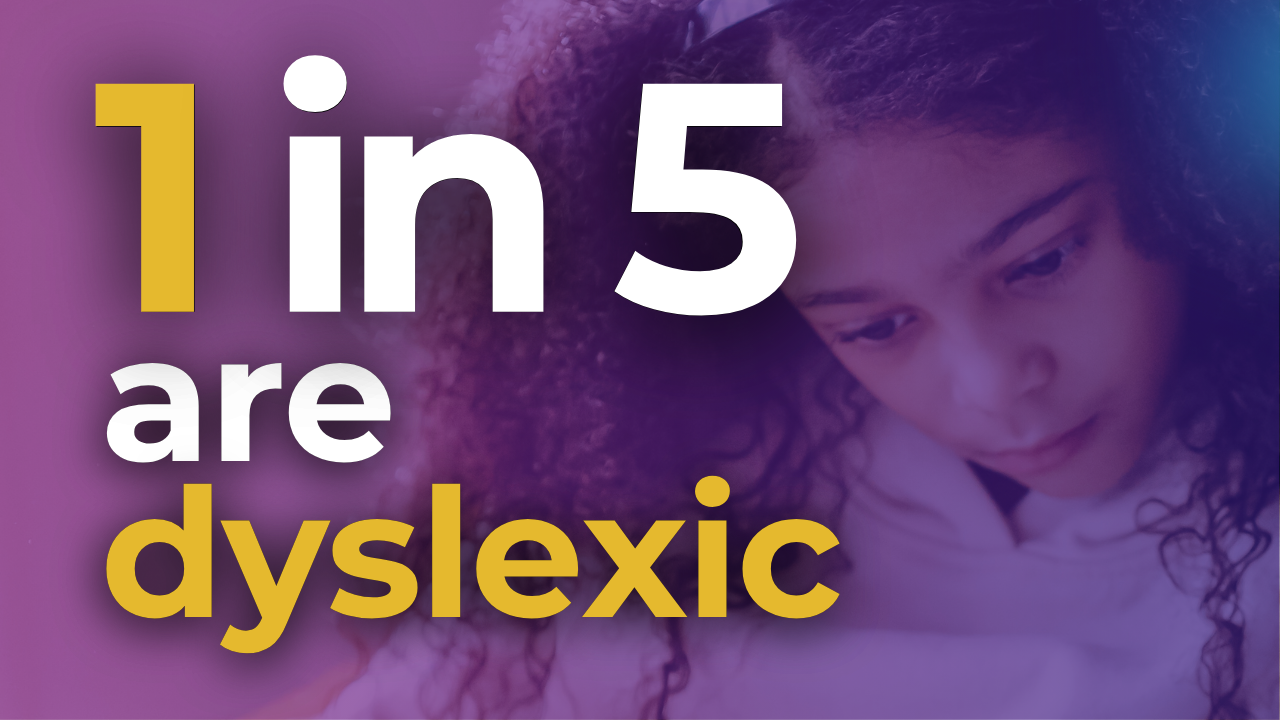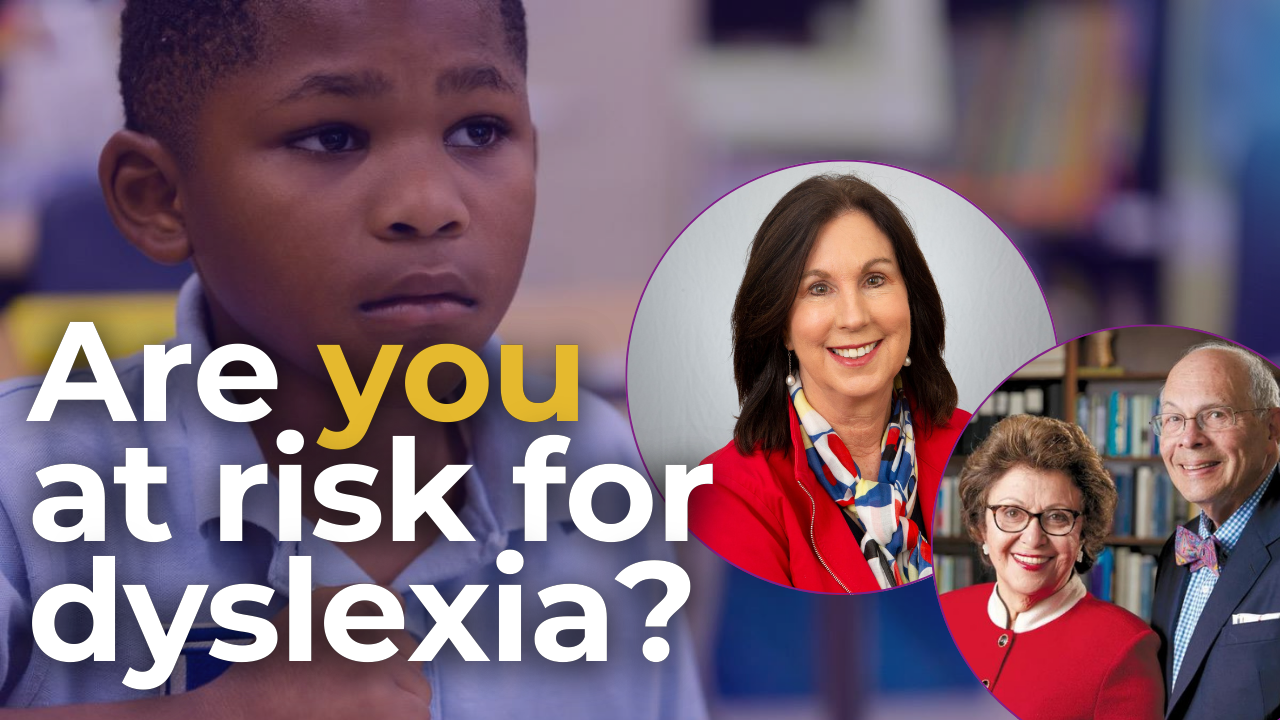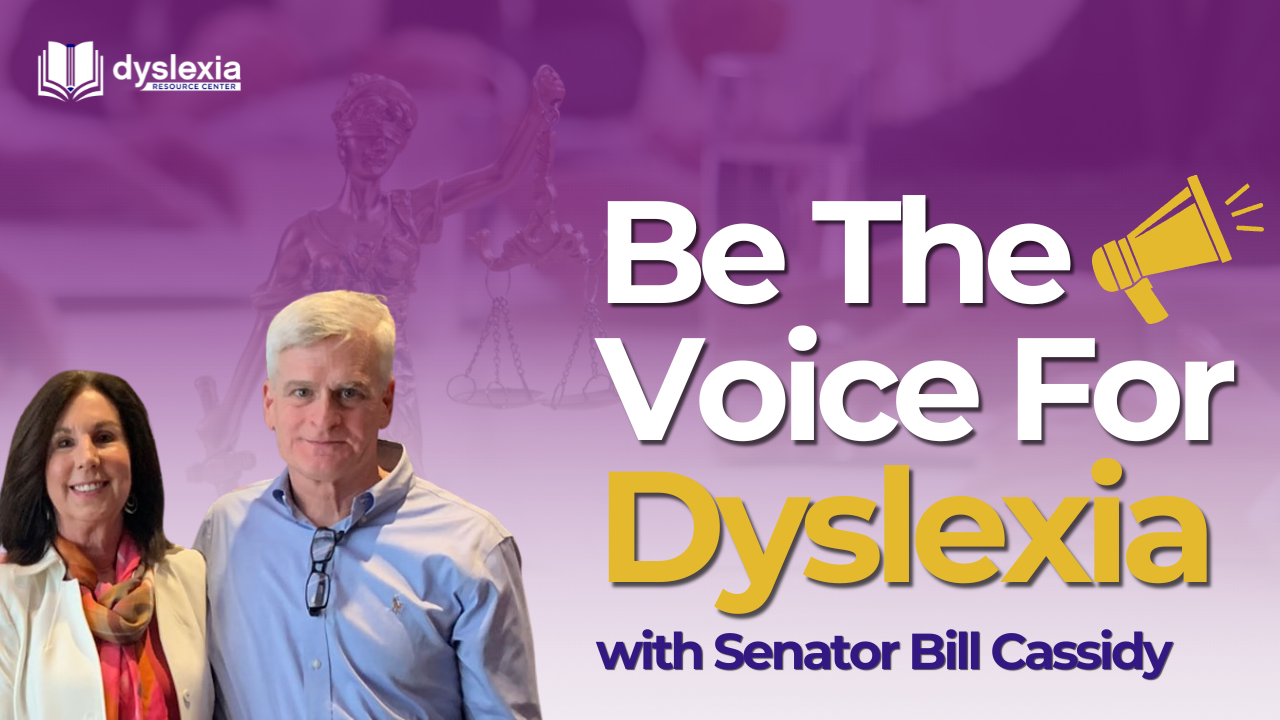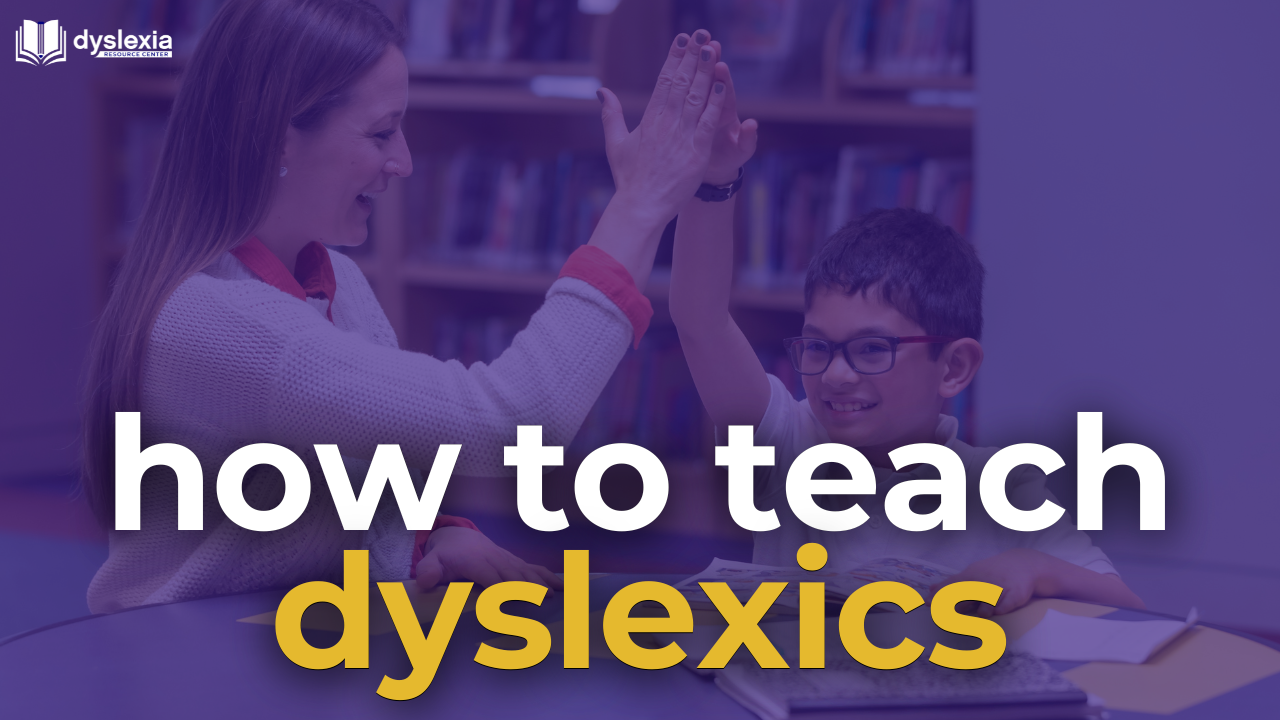Episode 23: 1 in 5 Kids Are Dyslexic: Why Most Are Never Identified
In this special episode of
Voices of Dyslexia, Dr. Laura Cassidy, founder of the Dyslexia Resource Center and Louisiana Key Academy (LKA), takes a deep dive into the purpose, science, and urgent need for schools like LKA. While previous episodes have introduced listeners to the people behind the school, this episode focuses on
why the school exists and what makes its mission so critical.
Dyslexia: Common, But Often Overlooked
Dyslexia affects one in five students. That means in every classroom, there is at least one child struggling to read due to this learning difference. These students come from all backgrounds and experiences — boys and girls, from every race and socioeconomic group. Yet despite its prevalence, dyslexia is alarmingly under-identified. In Louisiana, less than 1% of dyslexic students are formally diagnosed.
Dr. Cassidy emphasizes that dyslexia is not an issue of intelligence. In fact, dyslexic students are often very bright. The difficulty lies in an “unexpected difficulty” in reading due to a phonological processing deficit. This discrepancy between ability and performance often causes teachers and parents to delay intervention, assuming the child just needs more time. But time is not what they need—targeted instruction is.
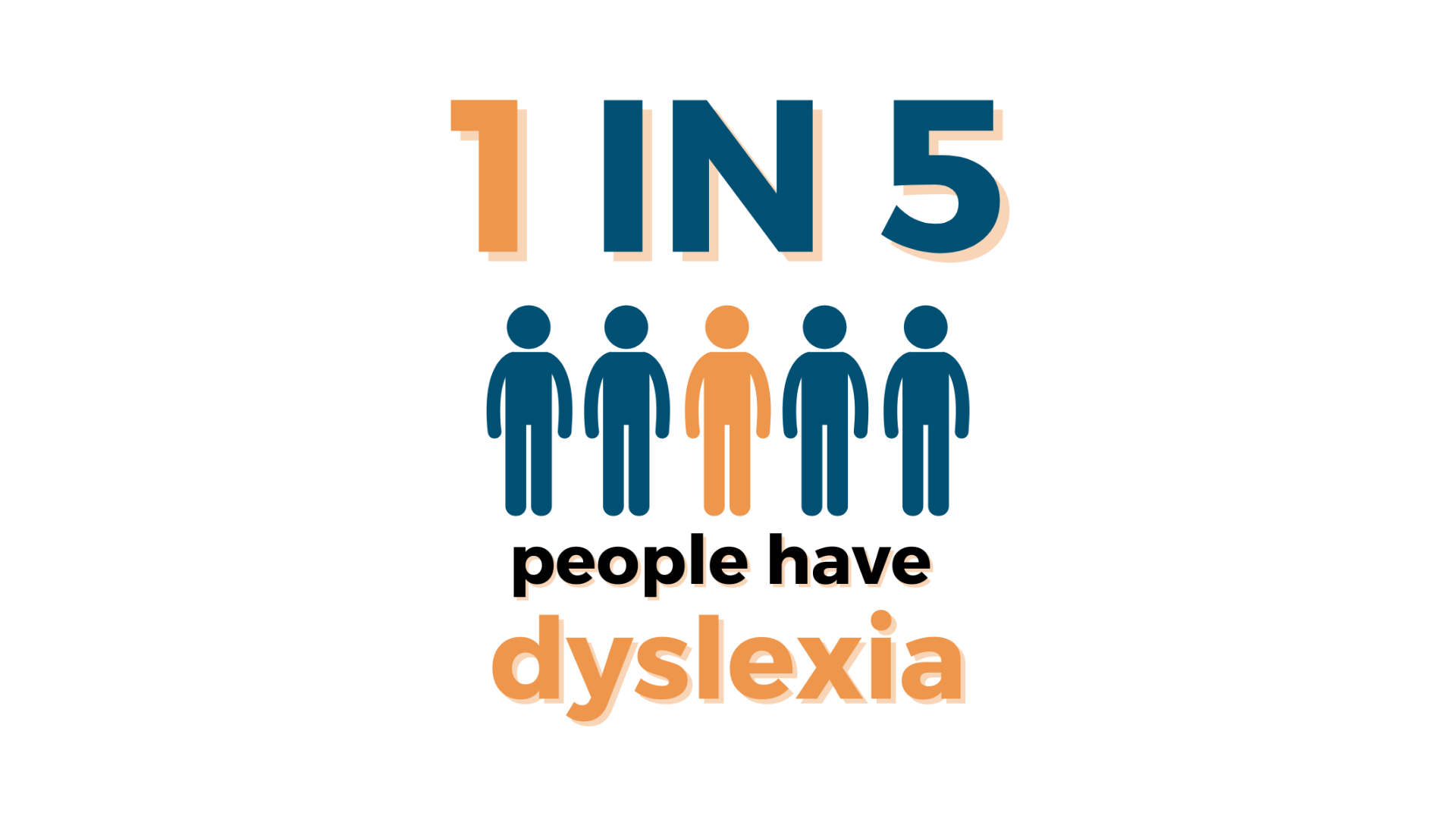
A Tale of Two Students
This episode shares two powerful stories with very different outcomes.
The first is Professor Kathy Drennan, who was diagnosed with dyslexia in first grade but never received language therapy. By sixth grade, she had figured out how to memorize words by their shapes - an uncommon strategy that worked only because of her exceptional pattern recognition and intelligence.
The second is Jonathan, a bright young man who was never identified as dyslexic. He dropped out of school after getting caught up with the wrong crowd, and was eventually incarcerated. He told Dr. Cassidy, “I knew if I could learn to read, I could have the world.” His story is heartbreaking but far from rare.
Together, these stories highlight the life-changing power of early identification and intervention and the lifelong consequences when those are missing.
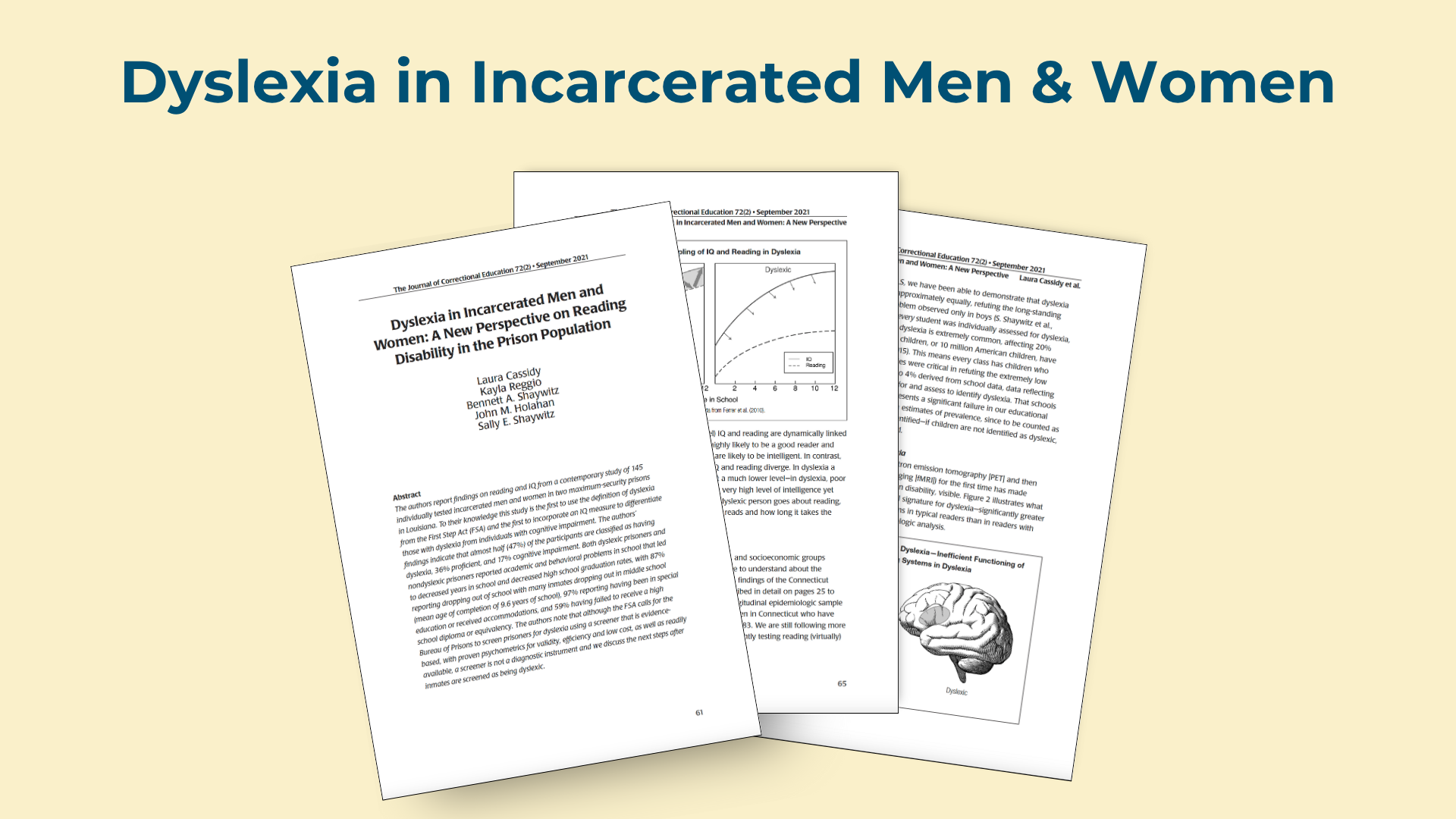
Why Reading Is So Hard for Dyslexic Students
Reading is a relatively new development in human history. Unlike speech, which our brains are naturally wired for, reading requires us to match written letters with spoken sounds — starting with the alphabet and moving to words, phrases, and fluency. This is where dyslexic students struggle. They may know the alphabet one day and forget it the next. They’re not lazy or trying to be difficult; they’re using an inefficient neural system that requires more repetition and explicit instruction to develop reading fluency.
Key signs of dyslexia include:
- Difficulty learning letters and their sounds
- Trouble with word retrieval and reading aloud
- Poor spelling and handwriting
- Slow reading speed
- Avoidance of reading
- Low self-esteem
These struggles often lead to academic failure, emotional distress, and ultimately, a lack of opportunity if not addressed early.

The Power of Early Screening
To catch these students before they fall through the cracks, Louisiana has implemented important legislation requiring dyslexia screening at the end of kindergarten. This screening tool, published by Pearson, identifies whether a child is at risk for dyslexia. While it’s not a diagnosis, it is a powerful early warning system. If a child is flagged, they should receive further evaluation.
The screener works much like a developmental checkup with a pediatrician—it assesses whether a child has met the age-appropriate milestones for reading acquisition. According to Dr. Cassidy, the tool has a very high statistical validity, particularly by the end of kindergarten and even higher in first and second grade.
Reading Acquisition Skills: What Really Matters
In addition to dyslexia-specific screeners, students in Louisiana are assessed three times a year from kindergarten through third grade with general literacy screeners.
These tests focus on essential reading acquisition skills, including:
- Letter naming fluency (knowing the alphabet and its sounds)
- Phonemic segmentation (breaking words into individual sounds)
- Nonsense word fluency (decoding unfamiliar or made-up words)
- Word reading fluency (recognizing and pronouncing real words)
- Oral reading fluency (reading passages aloud with accuracy, speed, and expression)
These assessments not only help identify struggling readers but also track progress. Fluency is made up of accuracy, speed, and prosody (intonation and rhythm). Children who struggle in these areas may decode words but fail to comprehend them — because they’re working so hard just to read them.
A Call to Action: Identify Early, Intervene Effectively
The academic gap for dyslexic students can be identified as early as first grade — and without intervention, it grows. Early identification and structured, evidence-based instruction, like the 90 minutes of daily literacy instruction at Louisiana Key Academy, can change the trajectory of a child’s life.
Dr. Cassidy encourages listeners to recognize the urgency of screening and testing. A child flagged by a screener may or may not have dyslexia — but either way, it’s a red flag that requires action. Waiting until a child has failed a class or dropped out is too late.
Building a Future Where Every Child Can Read
The Dyslexia Resource Center, which is part of Louisiana Key Academy, is working tirelessly to support students, train teachers, and raise awareness. Through efforts like this podcast and early screening legislation, they’re building a future where all students—regardless of their learning style — get the education they deserve.
To learn more about the work being done or to get support for your child, visit the Dyslexia Resource Center and Louisiana Key Academy online. The earlier we act, the better the outcome for every student.
Thank you for listening to this episode of Voices of Dyslexia. Stay connected for future episodes, resources, and expert insights from the front lines of dyslexia education.
